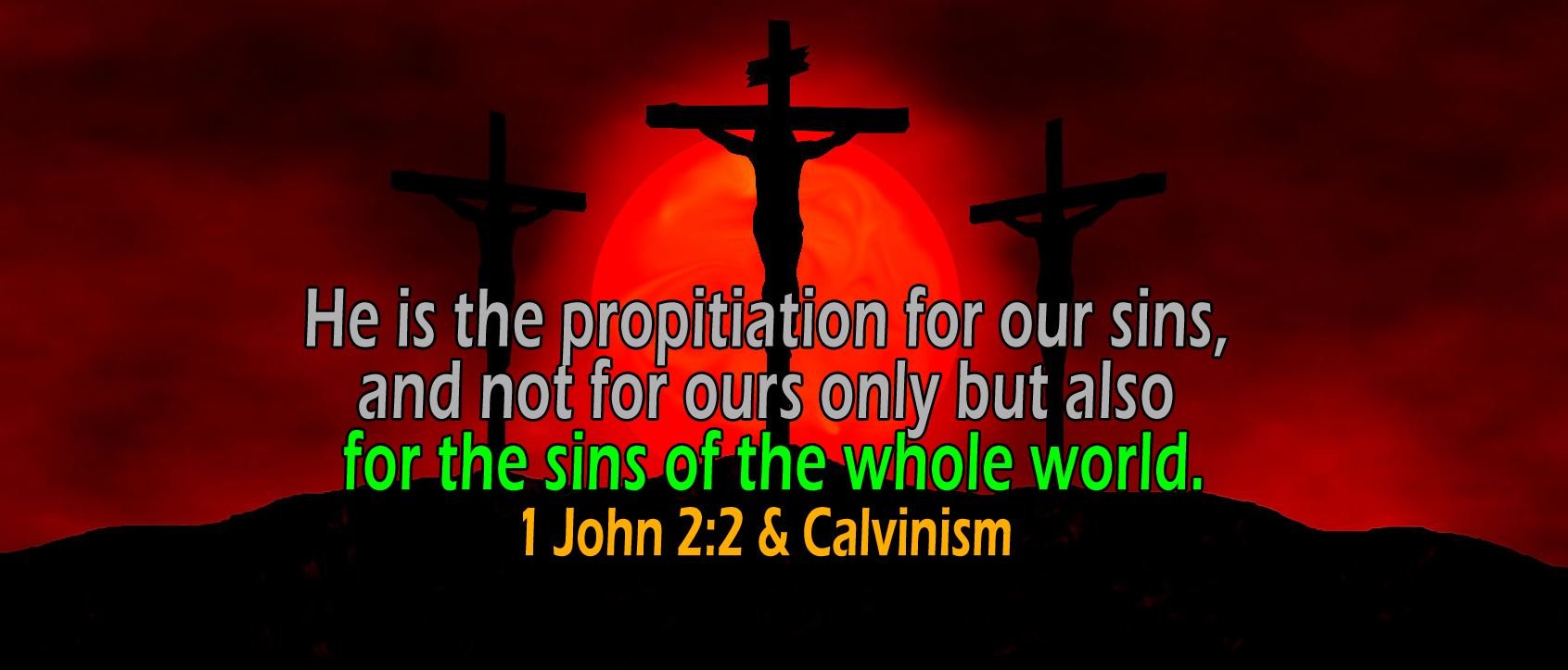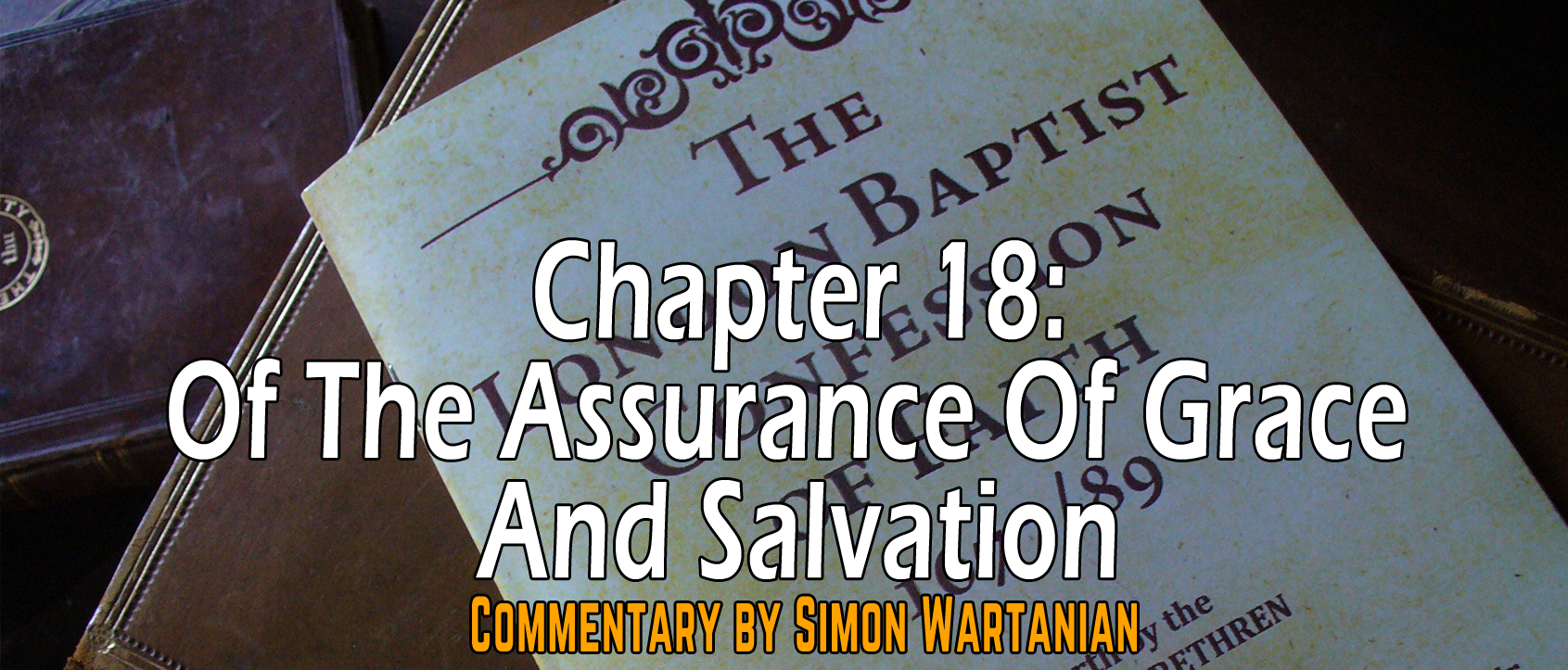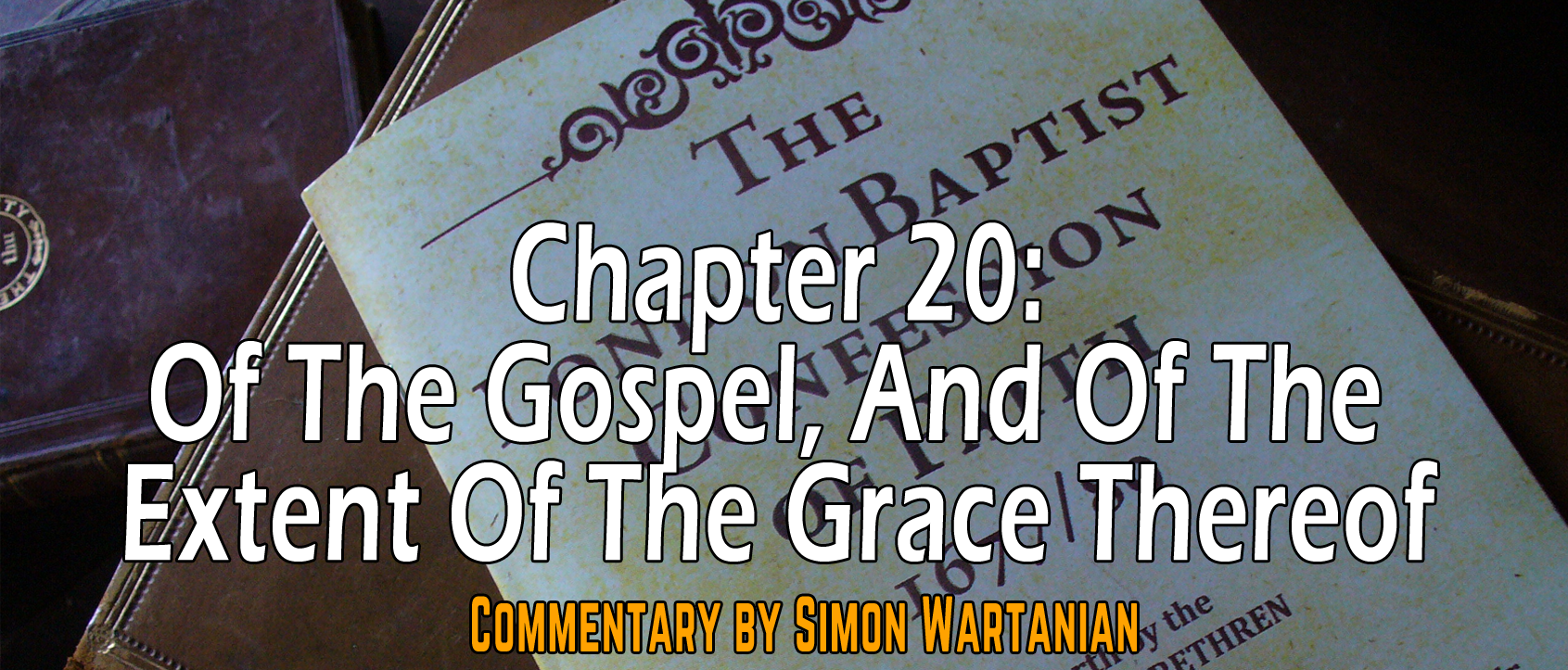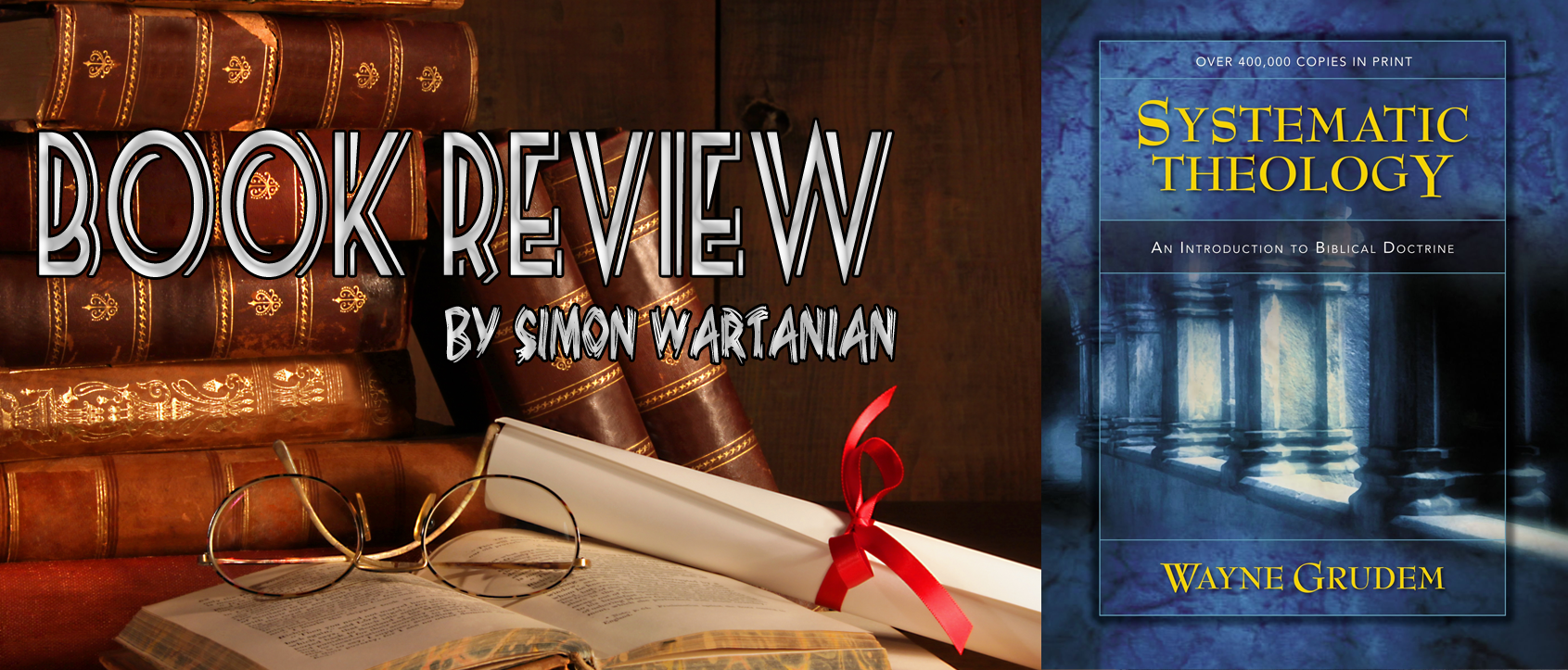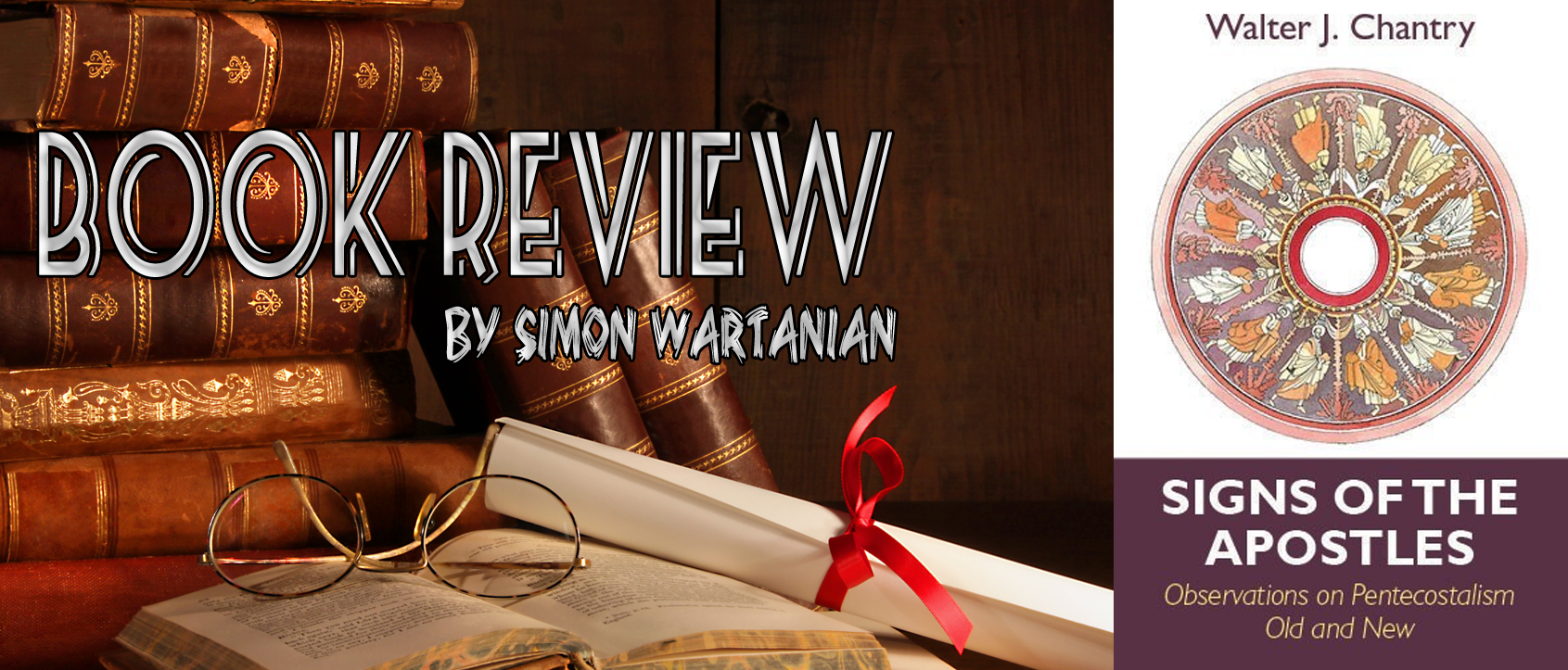There is a ton to be learned in these chapters by the Bible student. What is to be learned from this book should not only fill our heads with information, but motivate us to share the Gospel with the lost because of the dreadful fate which faces them if they receive not Christ and His righteousness.
The reason we believe in the existence and everlasting nature of hell and of its punishment is simply because we believe that Holy Writ teaches it. If it were not for the words of the Lord Jesus Christ Himself, who spoke more often about hell than Heaven, we would not believe in Hell, because it is so repugnant to our fallen natures.
Interaction
This work continually interacts with popular scholarship as it regards the nature of hell and the arguments for and against Annihilationism in Evangelicalism. Authors most cited and interacted with include John Stott, Clark Pinnock, David Powys and Edward W. Fudge. The authors of this work continually argue that Annihilationists do not look at the whole portrayal of hell as presented by Scripture, but rather choose to focus on and emphasize specific portrayals of hell with neglect to the rest. This accusation is also leveled against those who hold to the traditional view of Hell who emphasize the punishment aspect of hell, while neglecting to share the Gospel, or declaring that hell is also a banishment (not merely a separation of God's presence) and destruction.
The Destruction Picture of Hell
An important and helpful study was Douglas J. Moo's on the meaning of destruction. He accuses Annihilationists of reading their preconceived meaning of destruction as cessation of existence or as "annihilation" rather than deriving its meaning from the whole of Scripture. He shows how it is better and more consistent with the total picture of hell in the Bible to understand the usage of words like destruction to mean "ruin" (p. 106) and "they [the two Greek word groups olethros and apolymi/apoleia] usually refer to the situation of a person or object that has lost the essence of its nature or function" (p. 105), rather than cessation of being. In order to establish this he cites examples where the word group of destruction is used without implying cessation of existence. For example:
land that has lost its fruitfulness (olethros in Ezek. 6:14; 14:16); to ointment that is poured out wastefully and to no apparent purpose (apoleia in matt. 26:8; Mark 14:4); to wineskins that can no longer function because they have holes in them (appollymi in Matt. 9:17; Mark 2:22; Luke 5:37); to coin that is useless because it is “lost” (apollymi in Luke 15:9); or to the entire world that “perishes,” as an inhabited world, in the Flood (2 Pet. 3:6). In none of these cases do the objects cease to exist; they cease to be useful or to exist in their original, intended state. In other words, these key terms appear to be used in general much like we use the world “destroy” in the sentence, “The tornado destroyed the house.” The component parts of that house did not cease to exist, but the entity “house,” a structure that provides shelter for human
...



